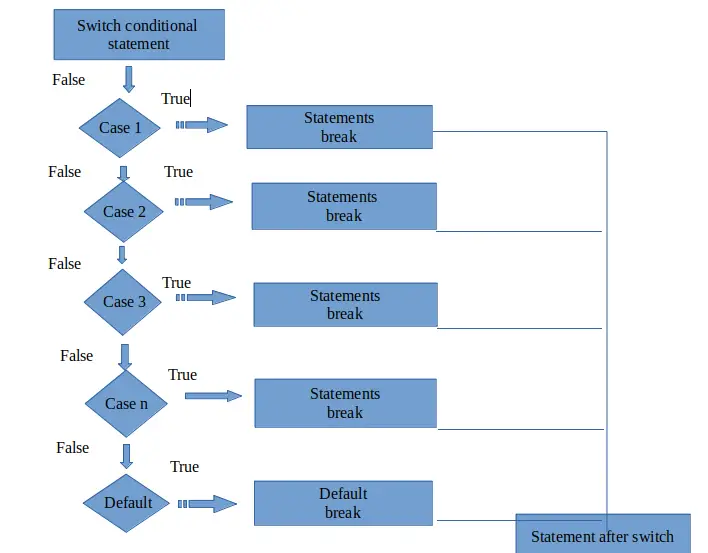

Nested Switch in Java
source link: https://www.thejavaprogrammer.com/nested-switch-in-java/
Go to the source link to view the article. You can view the picture content, updated content and better typesetting reading experience. If the link is broken, please click the button below to view the snapshot at that time.

Nested Switch in Java
In this article, we will discuss about nested switch in Java with examples.
When a switch statement contains further switch statements inside it, then it is called a nested switch. Inside the nested switch statement, we can give multiple cases and a default case. The inner switch statement must be part of any outer case statement. We cannot use the inner switch statements outside the cases.

Syntax of Nested Switch
Nested Switch Program
Output:
Benefits of Nested Switch
- Easy to maintain.
- More efficient than if-else.
- Easy to debug.
- It performs execution at a faster pace.
Limitations of Nested Switch
- It doesn’t work with ranges.
- A switch can take inputs only in numbers and character, it doesn’t take strings.
- There can be multiple cases inside a single switch statement.
Note that if we don’t use the break statement after each case inside the switch block, it prints all the cases starting from the matching case to the default case. Also, if no case matches the given condition, then by default the iterator prints the statements under the default case. It is not a necessity to use a break statement inside the default case.
So, this is all about the nested switch statement in Java.
report this adLeave a Reply Cancel reply
Your email address will not be published. Required fields are marked *
Comment
Name *
Email *
Website
Save my name, email, and website in this browser for the next time I comment.
Recommend
About Joyk
Aggregate valuable and interesting links.
Joyk means Joy of geeK